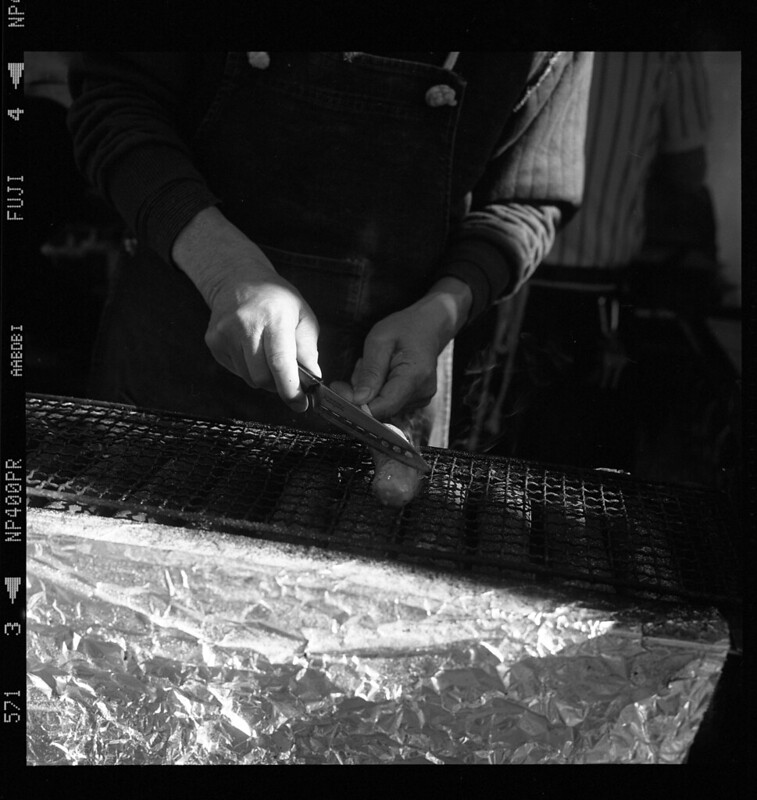Technobable: It just doesn't matter.
Technobable: It just doesn't matter.
thanks for this, wish I could find more comparisons like it. Very useful to illustrate how the benefits of flatbeds are balanced by inferior scans.
[RANT]
Not. Wake up. Y'all agonize over DPI & PPI and Megapixels & downsizing. For what? The internet? Where 99.99% of the viewers have neither a color calibrated browser nor a calibrated monitor.
Next you agonize over 100% crops viewed again on an uncalibrated monitor at 72 PIXELS/INCH.
Look at the prints man. From a proper viewing distance. Anybody care to guess what the resolution of inkjet paper is? In very real line pairs/milimeter? Anybody? Raise your hand if you know.
As I understand it, the resolving power of paper is in the neighborhood of 6 line pairs/milimeter or less.
Shoot lots of film. Develop it to the best of your abilities. Scan with a scanner that has full factory support backing it up and multiple format support so you won't out grow it. Print to your hearts content. Admire your prints from a proper distance. Show them off to your friends. Anyone who stickes their nose in the print gets a smack on the head. Enjoy!
Stop pixel peeping. It serves no purpose except to drive you crazy.
Aside: I am very pleased to have sold 2 prints in my lifetime. Both were printed from files created with film original negatives. One color. One B&W. One was printed 12" x 18" and the other was printed 16" x 20". Both customers were very pleased with the photos as delivered. Neither asked any of the following questions:
1. Lens.
2. Camera.
3. Exposure.
4. Film. Or if it was even film and not digital.
5. Developer.
6. Scanner.
7. Scanner software/settings.
8. Post scanning software.
9. Printer/settings.
10. Zero technical questions.
It just doesn't matter.
By the way, both images are displayed in my Leica Users Gallery. Bonus style points if you can guess which photos they are.
Furthermore. If your photos suck even a drum scanner won't save them.
[/RANT]
Wayne









